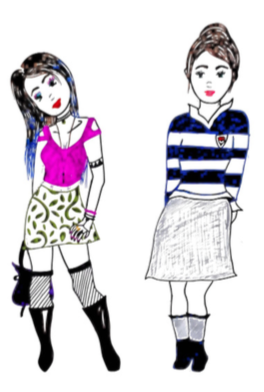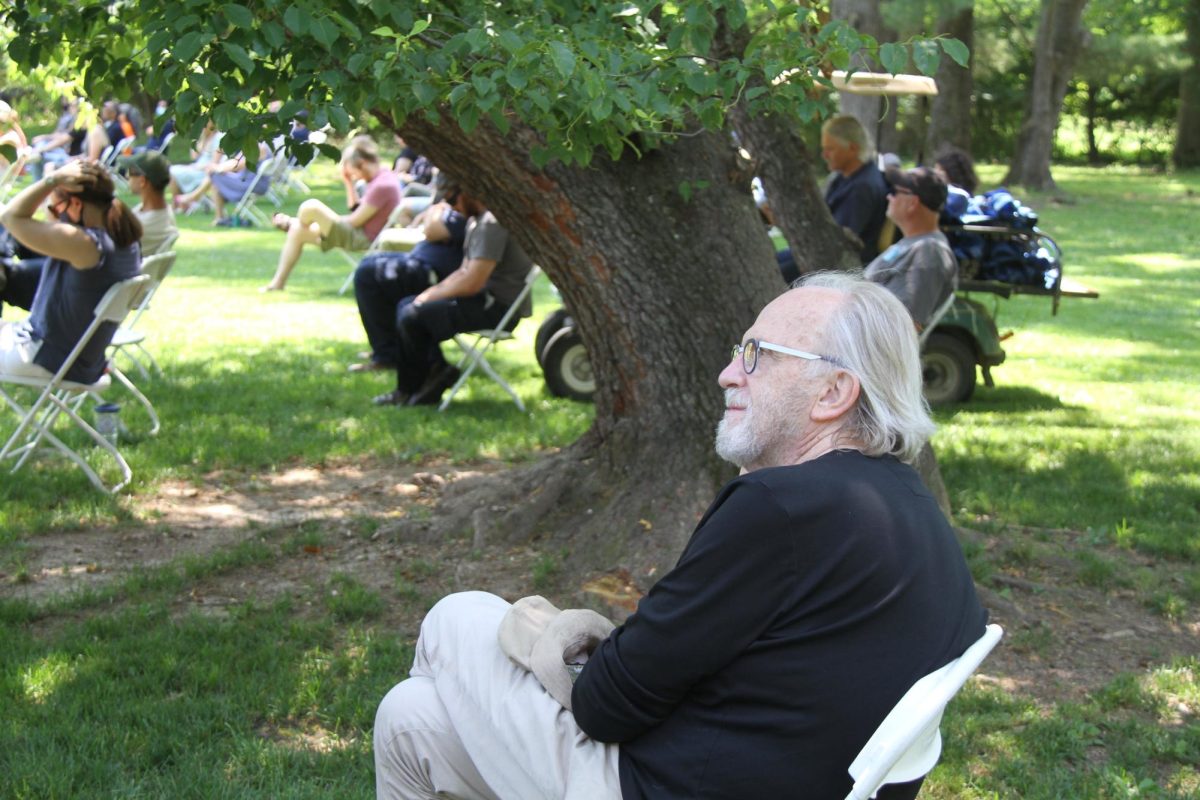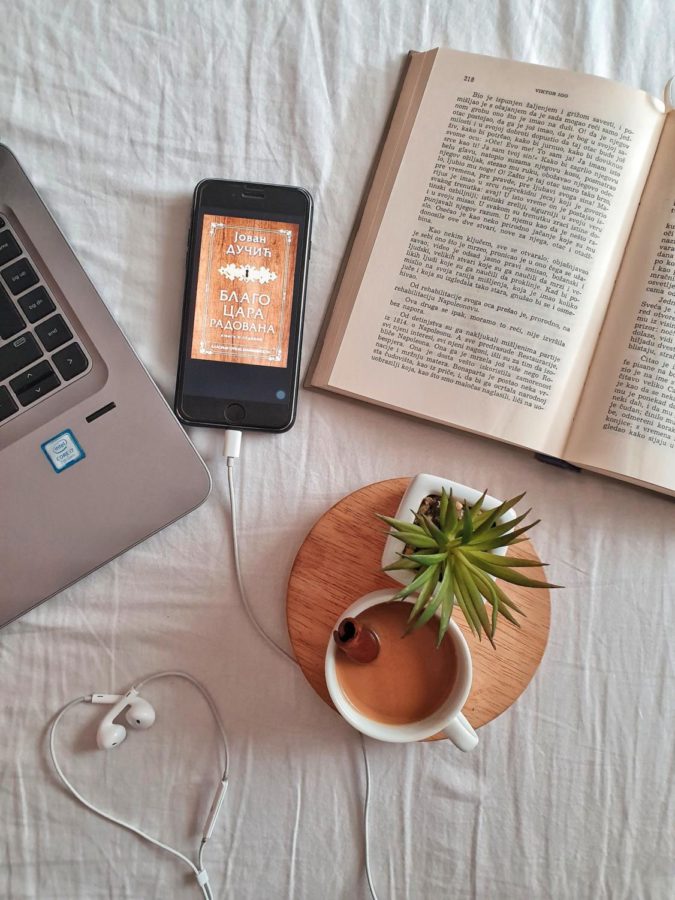PDS students should have freedom of dress

Lucy Bailey
May 24, 2016
Clothes are often treated as an objective issue in schools, with rules like “don’t wear these” and “measure this many inches.” However, students’ tastes cannot be treated objectively. We are not all built the same way, nor do we all express ourselves the same way. If students cannot all be treated in a single manner, then it only follows that what we wear cannot be dictated in a formal dress code without unfair targeting and restrictions.
Schools are places of learning and nurturing, and as such, their top priority should be the education and well-being of their students. For most students, being their best selves means learning in comfort without fear of being called out of class for dress code violations. The school’s job is to create an atmosphere for students to reach their full potential. Whether some students want to dress nicely for good luck on a test, or other students are so tired that t-shirts and sweatpants are the only way for them to focus in class, the school ought to be supportive.
If a stricter dress code is to be enacted, its purpose should be for the benefit of the students, not to compete for admissions with schools or to impress visitors with nicely dressed–but miserable–students. And I can assure you, a stricter dress code would only damage students’ well-being. In fact, I think the flexibility and vagueness of our current dress code is a special part of PDS, because it shows that our school has responsible, trustworthy students who can express themselves freely and make good decisions.
No matter what form they come in, dress codes are inherently sexist and stifling. Girls are always going to be targeted for “distracting” boys, and the kinds of outfits most dress codes forbid–such as crop tops and short shorts–are predominantly worn by girls. Furthermore, high school is a time for us to explore and create our identity. Clothing is a major part of a student’s expression, whether we are aware of it or not. As teenagers who are constantly being told what to do by parents, teachers, and coaches, there are many parts of our lives that we have no control over. Clothing should be a personal decision that students can feel confident and free about. We deserve to learn without feeling judged for what we wear, or shamed because of our body type. Students should be encouraged to be original and creative, explore their individuality, and express themselves freely and proudly. We should not be taught to conform and dress according to specific guidelines. Even very lenient dress codes still promote the same orthodox, uniform ideas.
Dress codes also create problems where there previously were none. When these restrictions are enforced, teachers and students lose trust and respect for one another, and more attention is given to the superficial issues of clothes than deeper issues of emotional and intellectual growth. Students are constantly placed in uncomfortable, embarrassing situations that are completely unnecessary, as well as detrimental to their education.
Lastly, students should dress for themselves, not to impress others or satisfy sexist, stifling school rules. It is not the school’s role to tell us how to dress; clothing issues should be left between students and their parents. We are not distractions, we should not be ashamed of our bodies, and we cannot value conformity over creativity. PDS’s dress code should be one of trust and freedom, advising students to dress appropriately and respectfully, in whatever way each individual student interprets.





